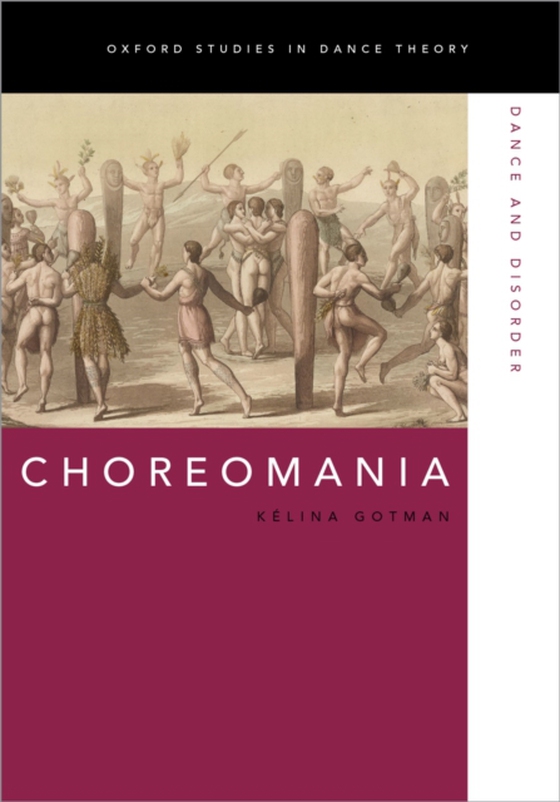
Choreomania e-bog
403,64 DKK
(inkl. moms 504,55 DKK)
When political protest is read as epidemic madness, religious ecstasy as nervous disease, and angular dance moves as dark and uncouth, the 'disorder' being described is choreomania. At once a catchall term to denote spontaneous gestures and the unruly movements of crowds, 'choreomania' emerged in the nineteenth century at a time of heightened class conflict, nationalist policy, and colonial rul...
E-bog
403,64 DKK
Forlag
Oxford University Press
Udgivet
12 december 2017
Længde
376 sider
Genrer
ASD
Sprog
English
Format
pdf
Beskyttelse
LCP
ISBN
9780190840433
When political protest is read as epidemic madness, religious ecstasy as nervous disease, and angular dance moves as dark and uncouth, the 'disorder' being described is choreomania. At once a catchall term to denote spontaneous gestures and the unruly movements of crowds, 'choreomania' emerged in the nineteenth century at a time of heightened class conflict, nationalist policy, and colonial rule. In this book, author Kelina Gotman examines these choreographies of unrest, rethinking the modern formation of the choreomania concept as it moved across scientific and social scientific disciplines. Reading archives describing dramatic misformations-of bodies and body politics-she shows how prejudices against expressivity unravel, in turn revealing widespread anxieties about demonstrative agitation. This history of the fitful body complements stories of nineteenth-century discipline and regimentation. As she notes, constraints on movement imply constraints on political power and agency. In each chapter, Gotman confronts the many ways choreomania works as an extension of discourses shaping colonialist orientalism, which alternately depict riotous bodies as dangerously infected others, and as curious bacchanalian remains. Through her research, Gotman also shows how beneath the radar of this colonial discourse, men and women gathered together to repossess on their terms the gestures of social revolt.
 Dansk
Dansk

